Q: IS THERE A DIFFERENCE BETWEEN HEMP AND MARIJUANA?
A: YES
First, it is important to note that the two plants are the same in that they are both a variety of Cannabis Sativa L. This plant species is easily recognizable by its characteristic 7-branched leaf, which at first is associated by almost everyone with recreational marijuana use. The leaves of hemp and marijuana plants have exactly the same structure.
COMPARISON OF HEMP AND MARIJUANA
Beyond the variety, it is no longer so easy to find similarities between the two plants. Marijuana and hemp also differ in appearance, cultivation, chemical composition, and use. Each of these factors contributes to the differences between the two plant varieties:
CHEMICAL COMPOSITION
In the United States and Canada, hemp is classified on the basis of its statutory chemical composition. Today, the legal meaning of industrial hemp is to define it as containing less than 0.3% tetrahydrocannabinol (delta-9 THC) in its dry form. Due to its low THC content, hemp is not psychoactive when smoked or extracted. This low THC level has been achieved through many years of cultivating certain cannabis varieties. In addition, due to the medicinal benefits of cannabinoid extracts and other plant substances, CBD-rich types also exploded onto the scene in 2013.
Cannabis itself is known as having a high concentration of delta-9-THC, a psychoactive substance. There are many types of marijuana available, all with different cannabinoid and terpenoid compositions. Marijuana has long been intensively cultivated to maximize the amount of THC it contains, thereby creating the best quality psychoactive plant possible. Most THC-containing varieties can contain up to 20-25% THC when measured dry.
MORPHOLOGY
Hemp: Hemp has strong fibrous stems, with plants that can grow up to 6 metres in height. Its 7-part leaves are often rather thinner and more condensed at the top of the stem.
Marijuana: Marijuana is a shorter and stockier looking plant to Hemp. These plants have wider leaves and budding flowers abound around their stems. They are often covered with trichomes: small translucent, crystalline structures.
Hemp can be grown in many climates and requires almost no maintenance. It is most often grown in industrial-sized greenhouses or in specialised outdoor farming facilities.
Marijuana is most often grown in carefully controlled indoor conditions. Due to the strict control of the growing environment, it is generally grown in smaller quantities than hemp.
THEIR BASIC USES AND POSSIBLE APPLICATIONS
Hemp: Thanks to its fibrous structure and highly versatile seeds, hemp has been used in some form or other in over 25,000 products in numerous industries, which include: automotive; furniture, agriculture; textiles; recycling; food and nutrition; paper; construction materials; personal care etc.
Marijuana: In general, the leaves are removed and cut back to the stem of the plant, and it is the buds that can then be smoked or otherwise consumed as psychoactive drugs for recreational, medicinal or spiritual purposes.
THE LEGAL STATUS OF HEMP AND MARIJUANA
Hemp and cannabis have long been confused by both lawmakers and the public, alike. In the USA, the Controlled Substances Act of 1970 (CSA) defined all forms of Cannabis Sativa L as marijuana and therefore classified it as an illegal substance. As a result of this overly generalised categorisation, all types of hemp and marijuana had been classified as Category 1 controlled substances, regardless of their use or psychoactive properties.
Thanks, initially, to the 2014 Farm Bill and latterly to the Agricultural Improvement Act of 2018, hemp has finally been removed from the CSA’s classification as a controlled substance. As a result of the law, hemp was finally defined separately from marijuana. If a cannabis plant contains no more than 0.3% THC, in its dry form, it is now considered hemp and not marijuana. Thus, hemp has now been recognized as a legal substance at the federal level, removing it once and for all from being a Category 1 controlled substance.
HEMP-DERIVED CBD VS. MARIJUANA-DERIVED CBD
With regards to the CBD and the issue of it in regards to hemp and marijuana, there is still one important issue to deal with. CBD can be extracted from both hemp and marijuana, but given the unique characteristics of the plants, one could reasonably assume that the CBD from the two plants would somehow be different. Surprisingly, that is not actually the case.
The CBD molecule and its associated pharmacological makeup is identical, irrespective of whether it was extracted from hemp or marijuana. CBD is CBD, regardless of where it originally came from.
Consequently, if CBD is known to be exactly the same at the molecular level, then one could logically presuppose that CBD would be legal, regardless of whether it is extracted from hemp or marijuana - as long as it is below the required 0.3% THC… This is not universally the case. Here, there is a clear distinction between Canadian and American law. In Canada, no distinction is made between CBD made from hemp or marijuana, and both are permitted nationwide. In the United States, however, the general misconception about the 2018 Agriculture Bill is that CBD has been universally legalised, regardless of whether it comes from hemp or marijuana. Confusingly, this is not entirely true.
If the CBD is derived from hemp that contains up to 0.3% THC, it is accounted for as a non-regulated substance and is legally legal.
The keywords here are “comes from hemp”. The Agriculture Bill 2018 specifically applies to “hemp and hemp-derived products”. It does not contain marijuana-derived CBD, which is still accounted for as a controlled substance, even if the plant contains 0.0% THC. This is now regulated at the state level, with many states only allowing the purchase of cannabis-derived CBD to be purchased with, for example, a medical marijuana card, a “Low-THC CBD Oil Card” or similar. At the time of writing, such states include: Georgia, Hawaii, Montana, New Jersey, Pennsylvania, and several more.
Hopefully, as the differences between the two plants are further understood, laws will be simplified and unnecessary distinctions in their medical applications will be more effectively redefined.

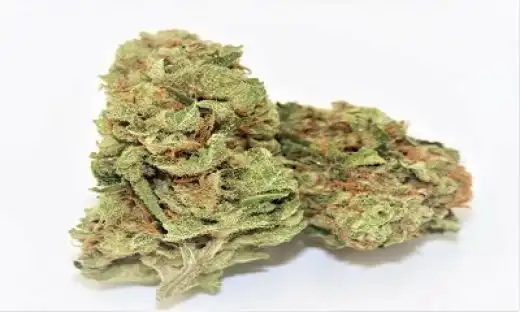
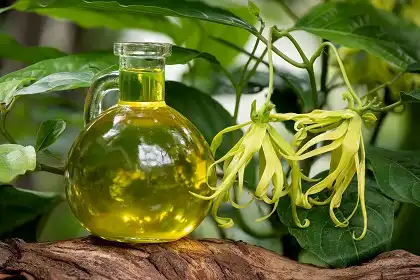
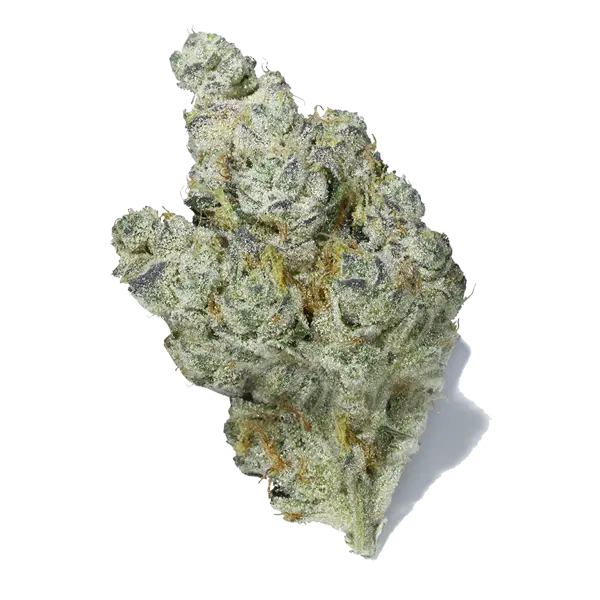
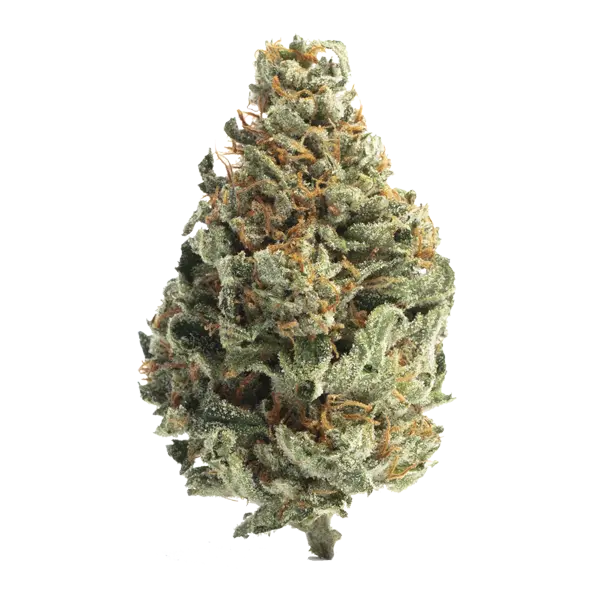
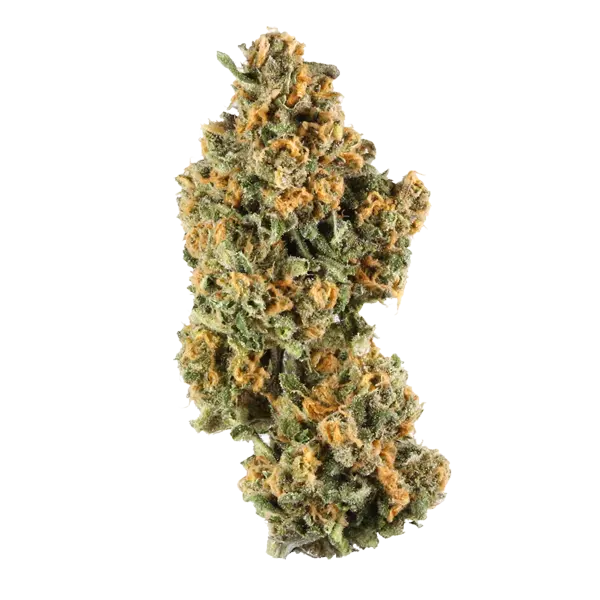

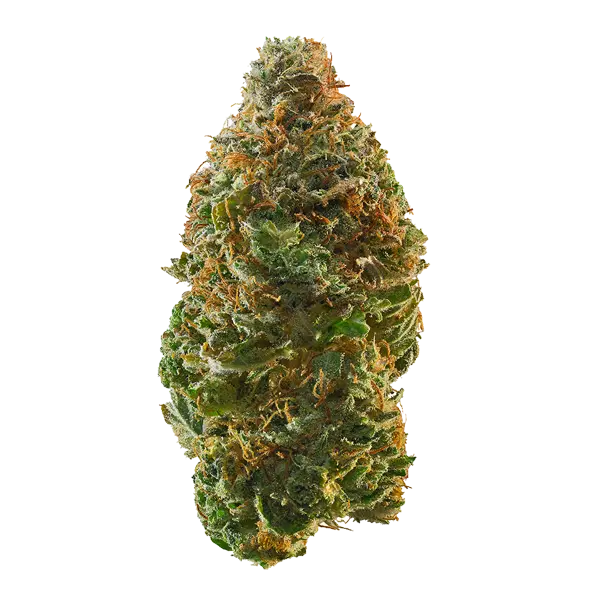
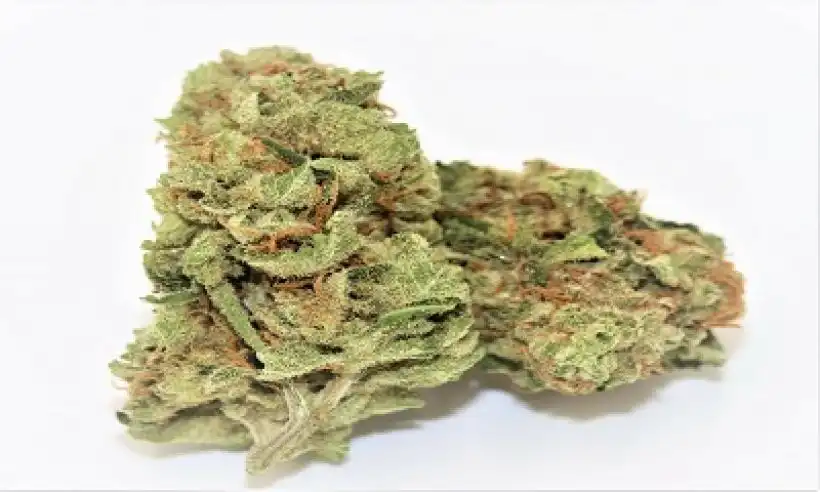
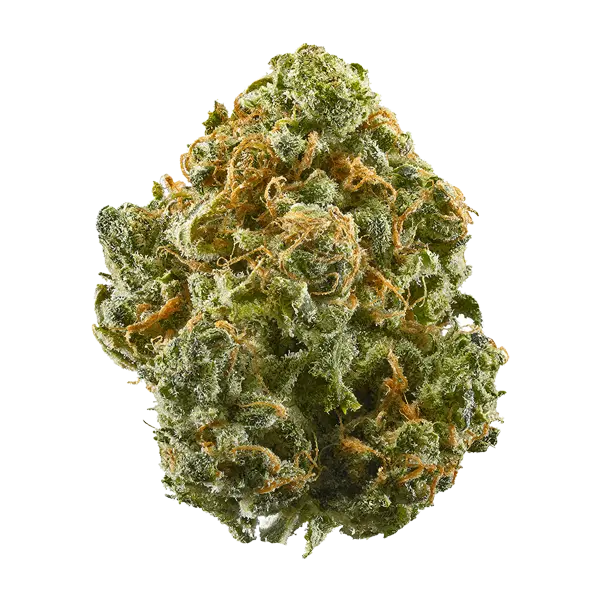
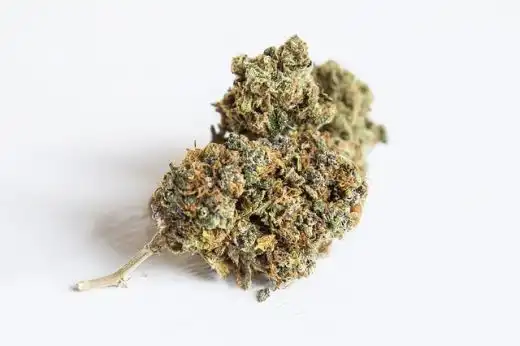

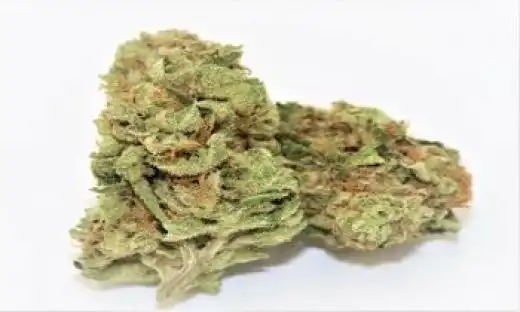
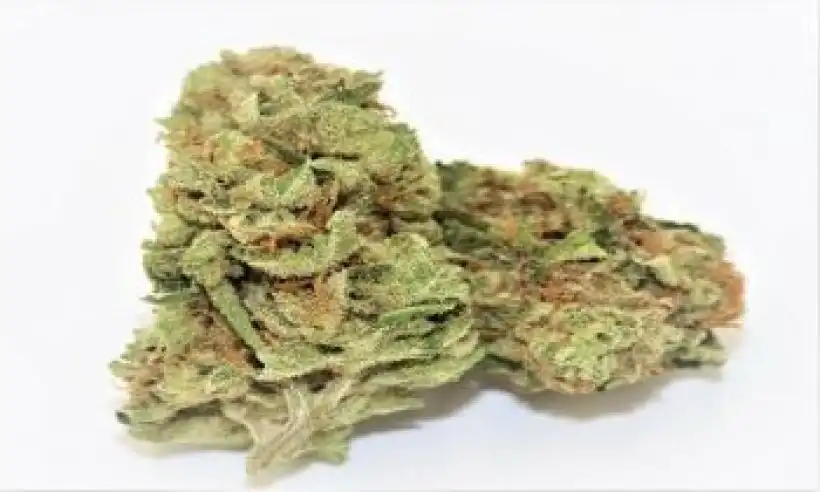

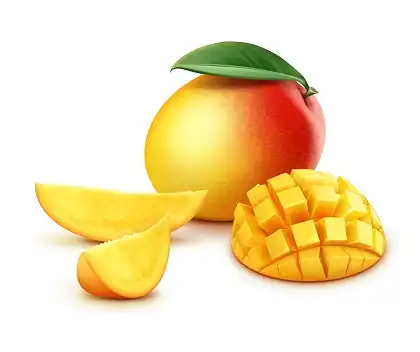

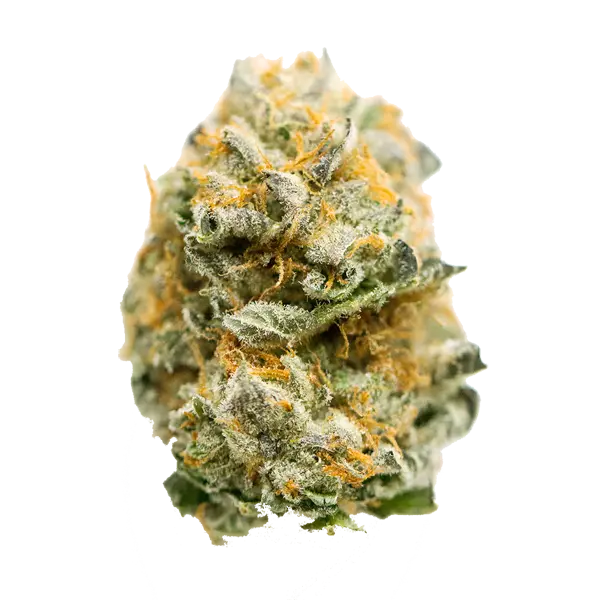

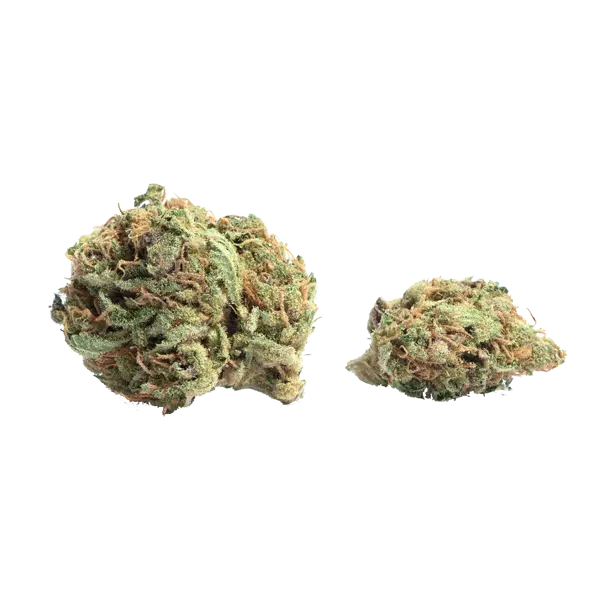
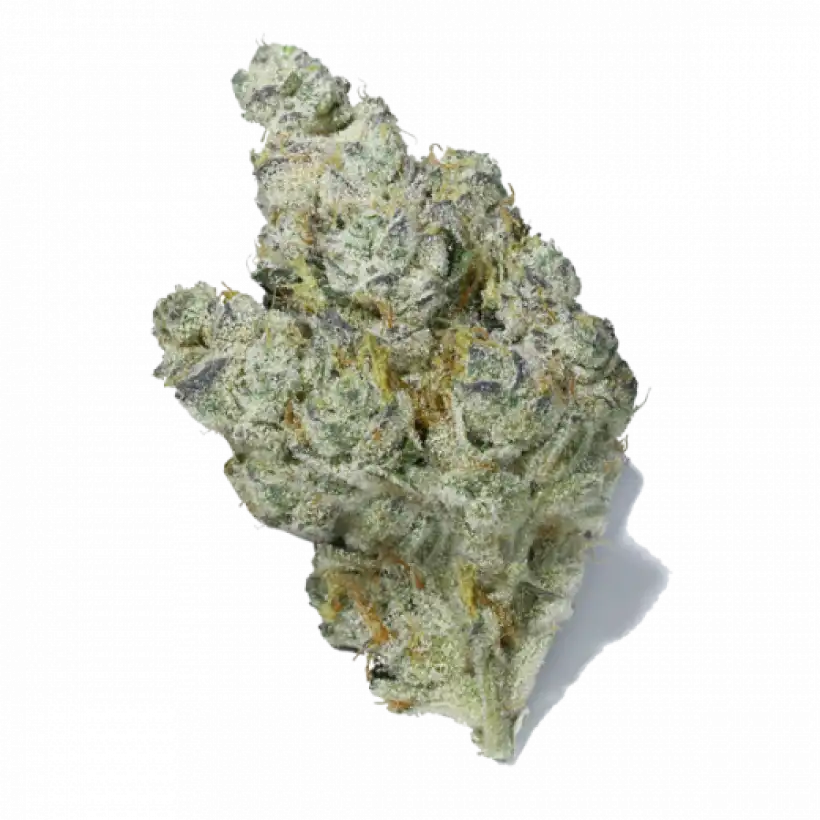
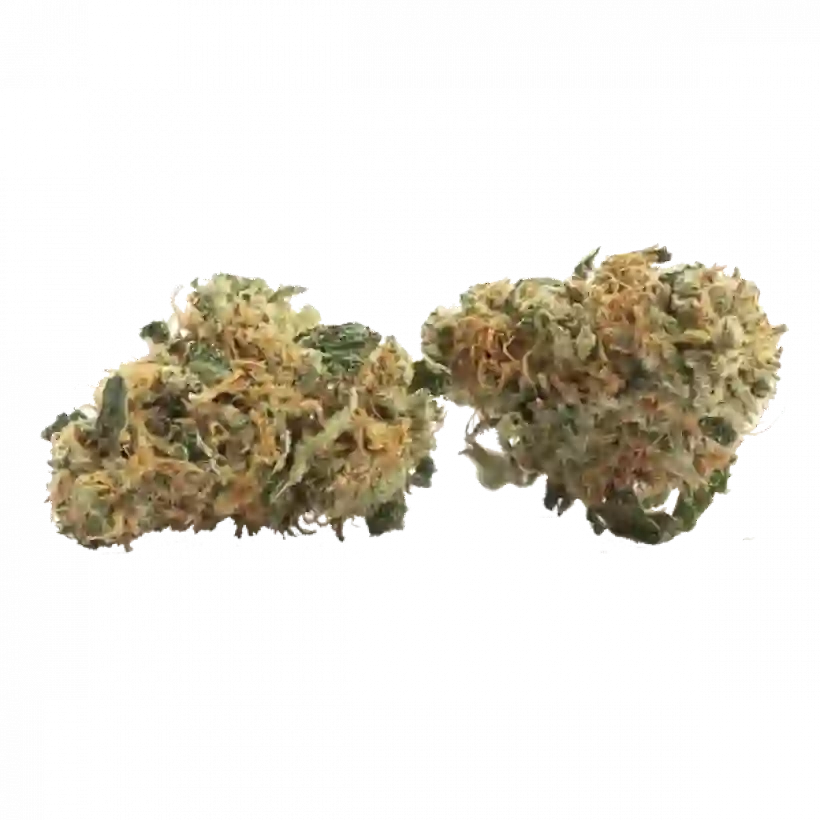

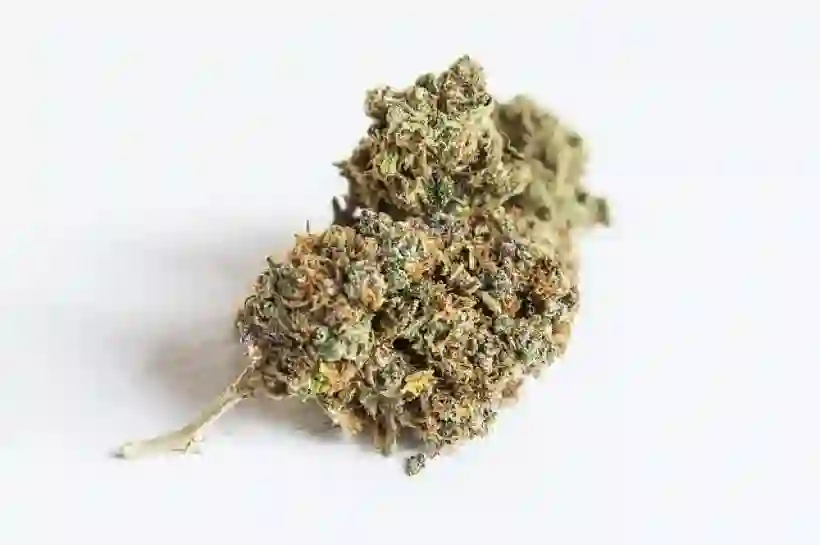
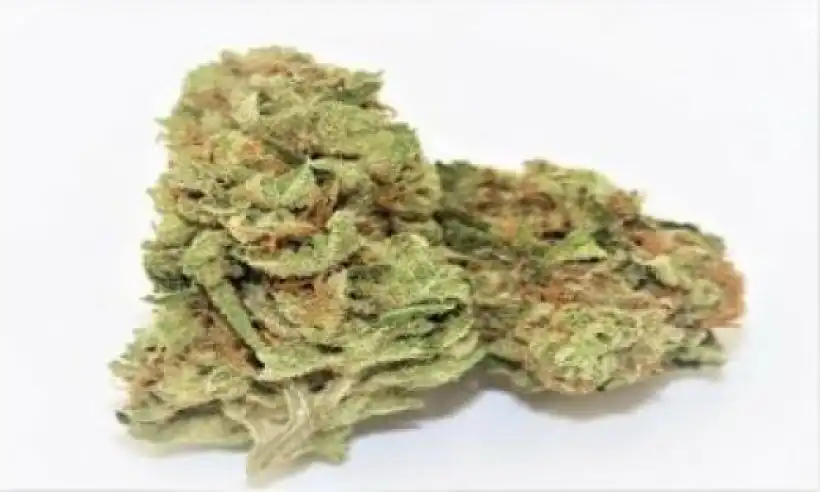
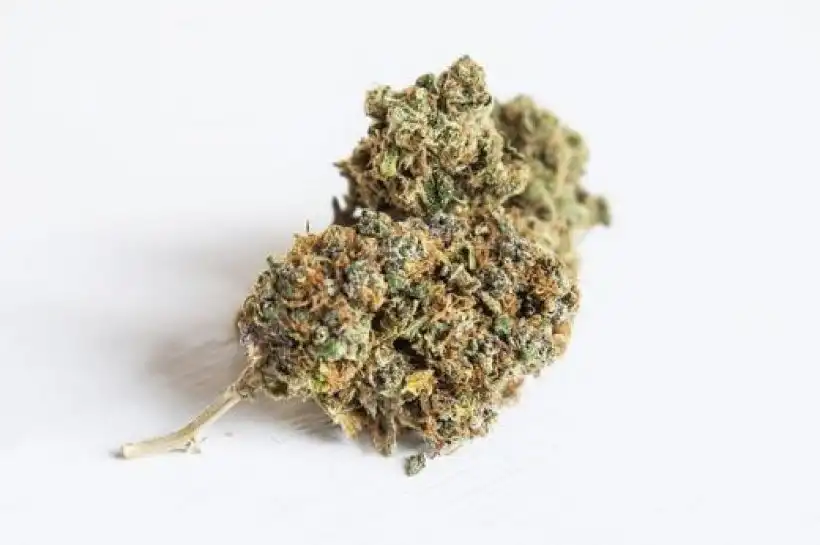
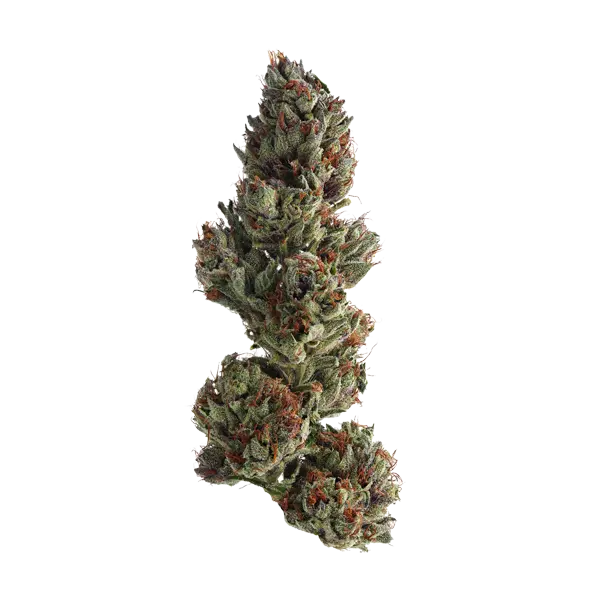
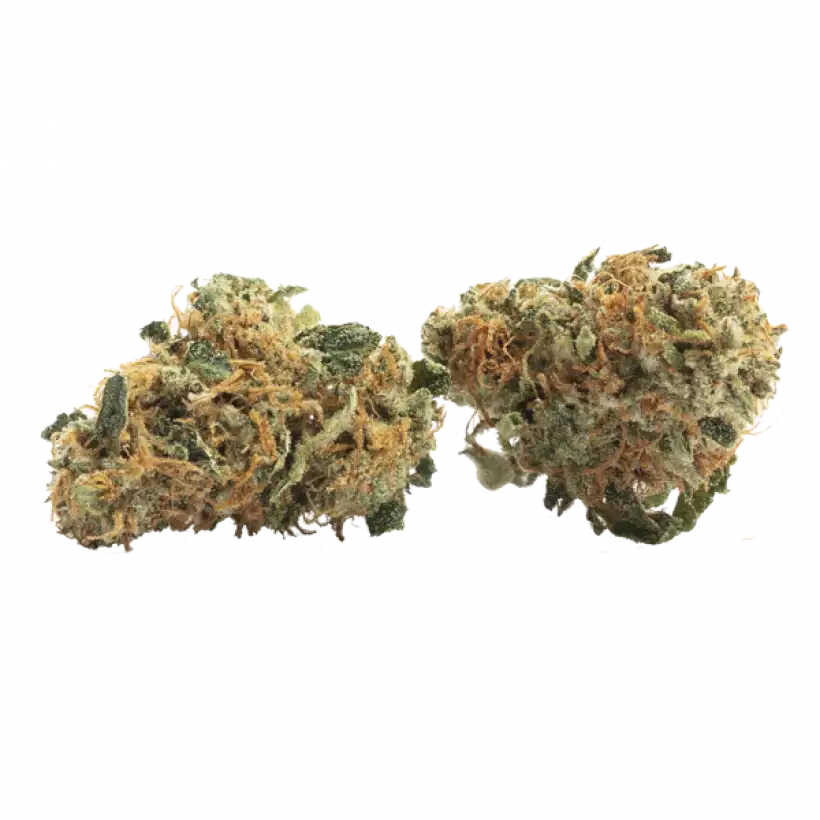

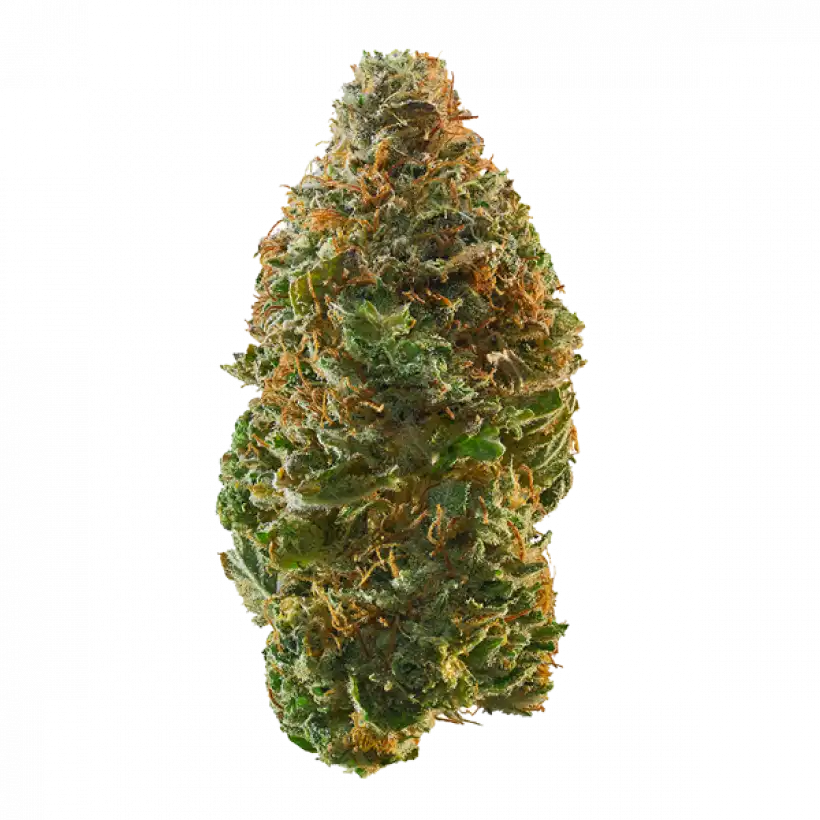
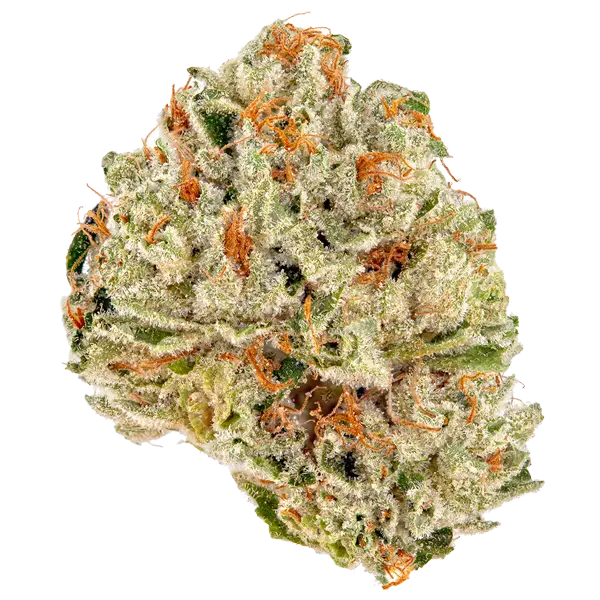
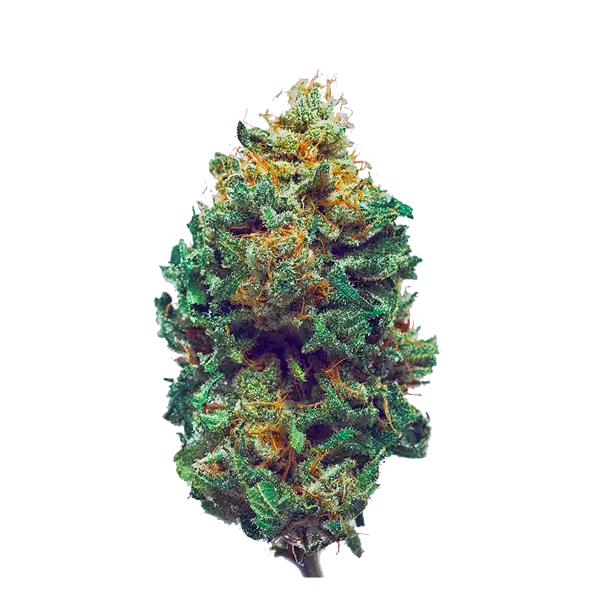
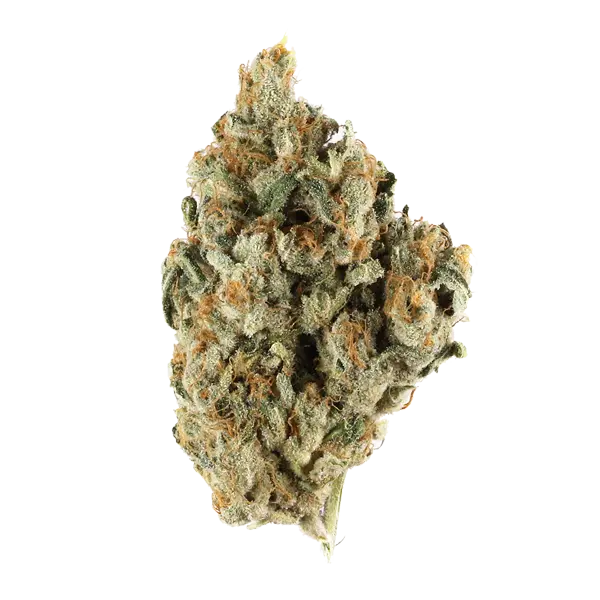
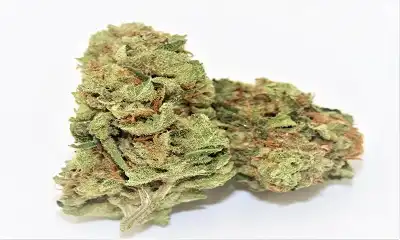
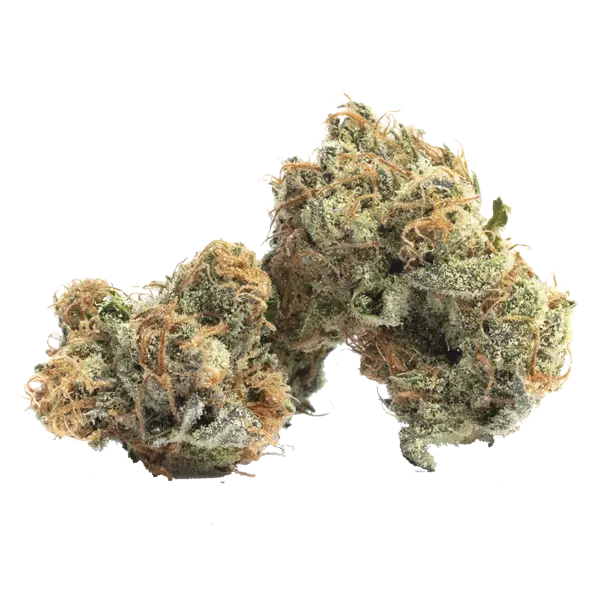
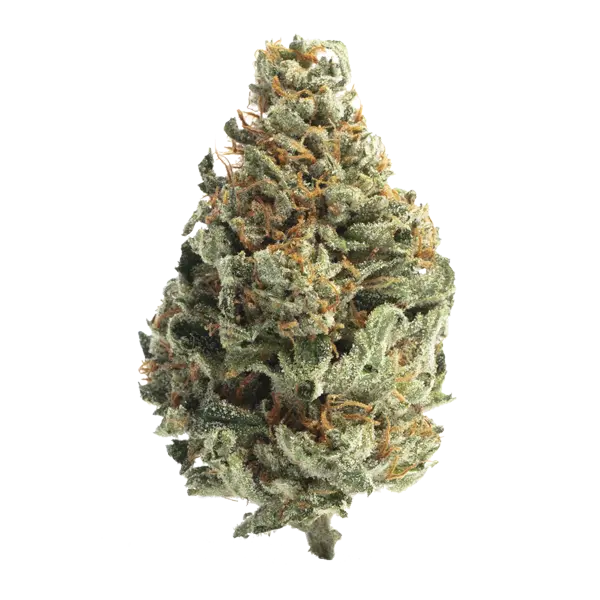
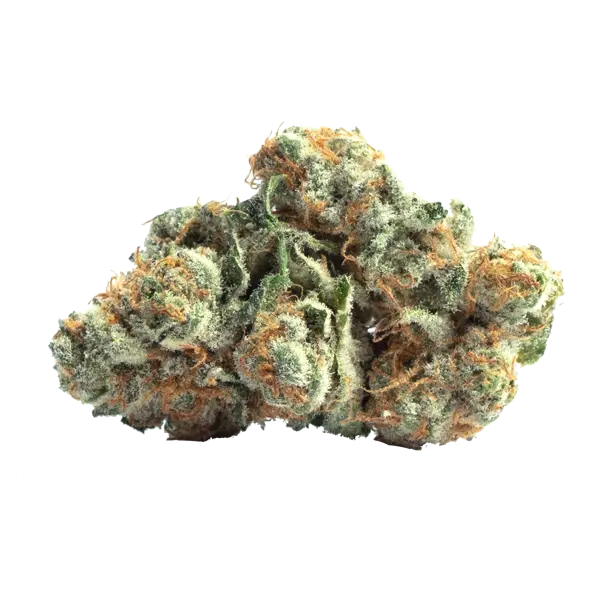
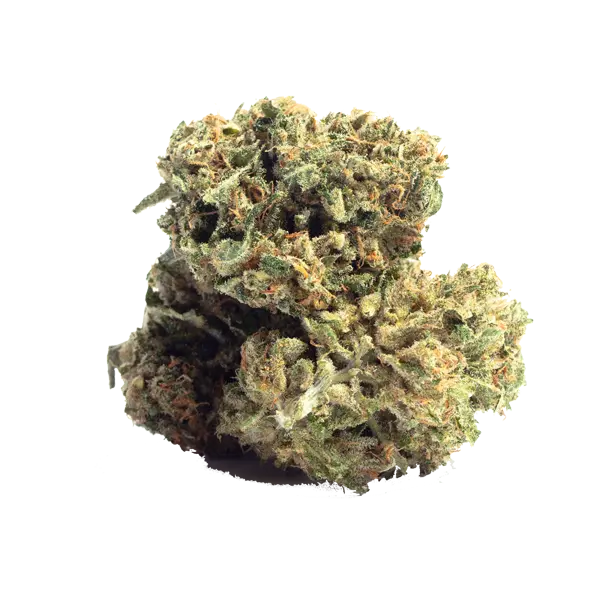
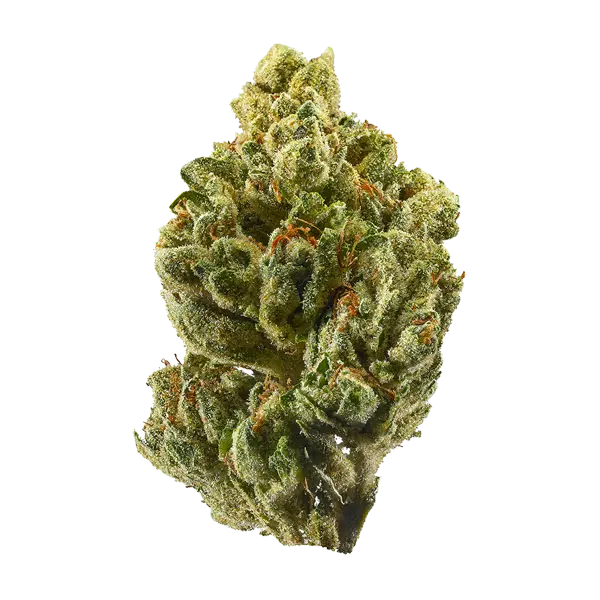

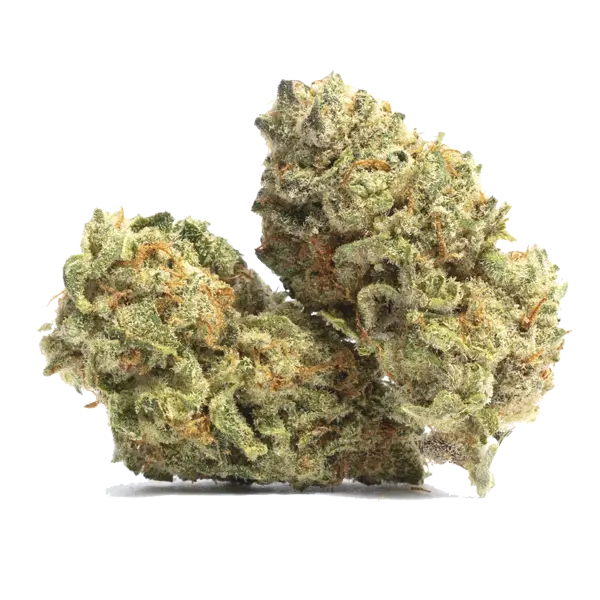
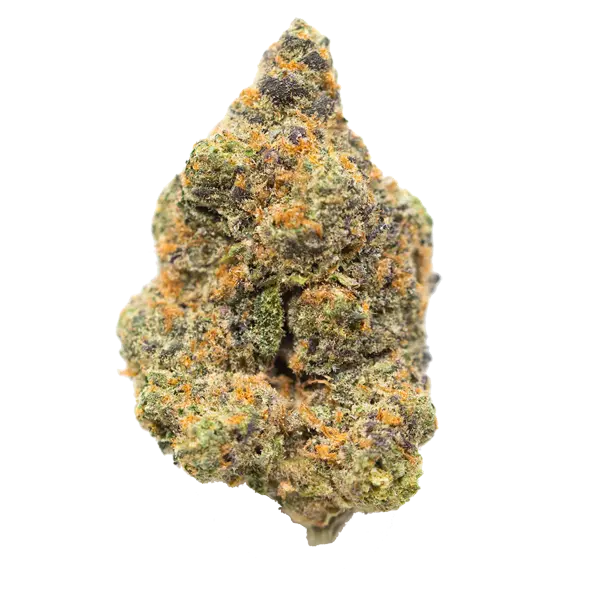
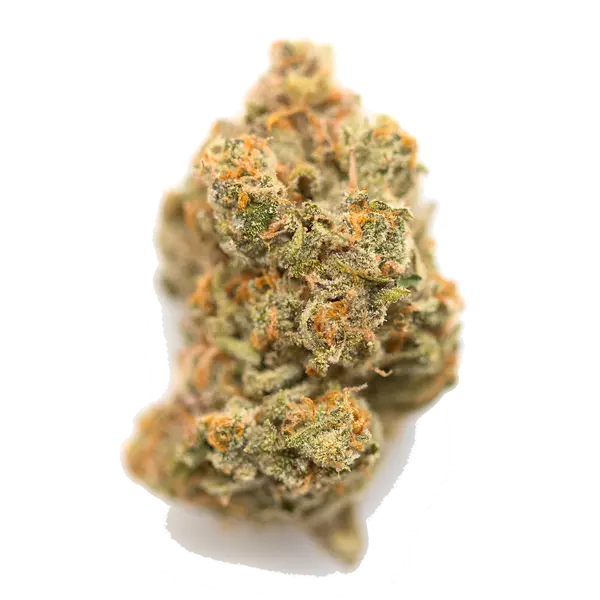
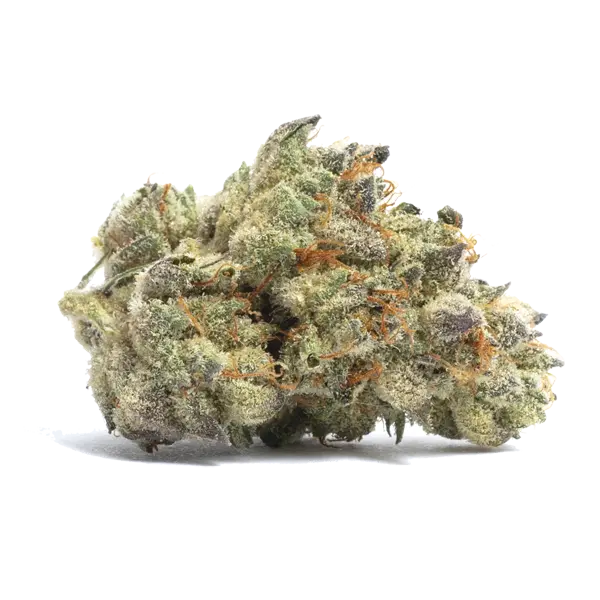
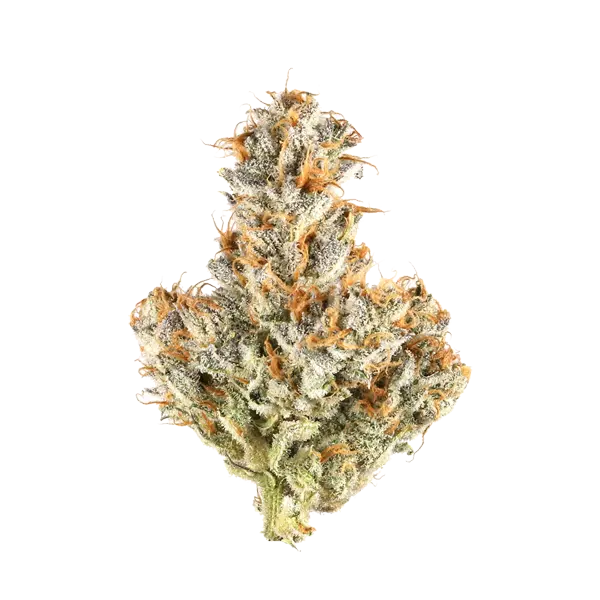



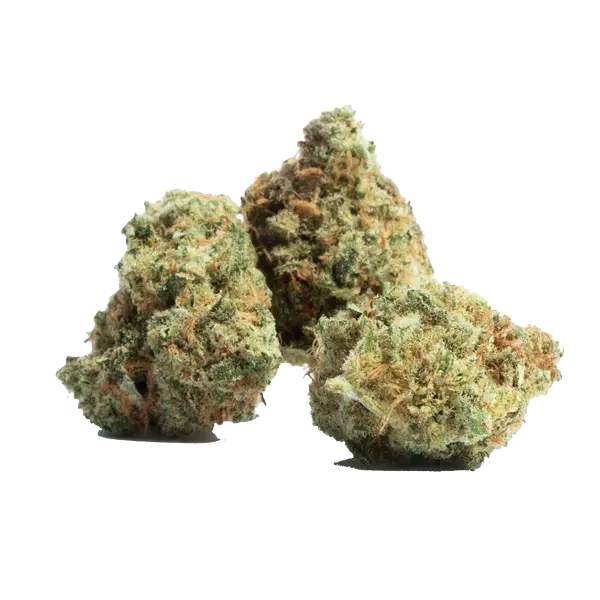
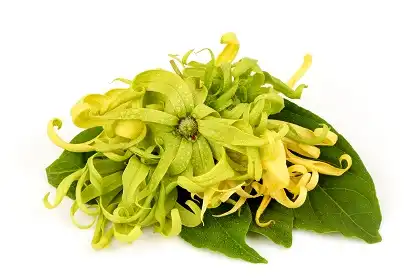
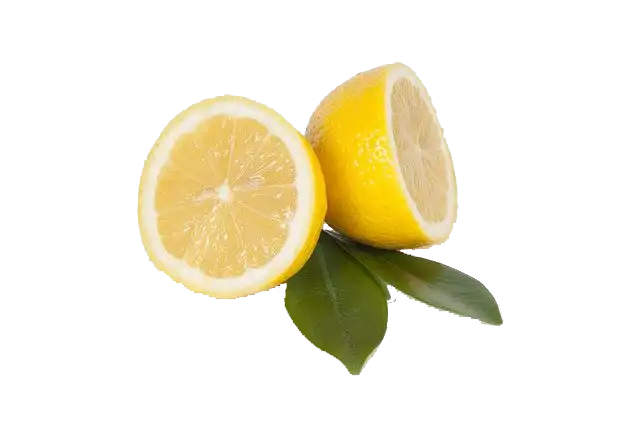
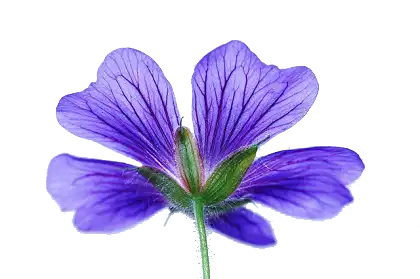


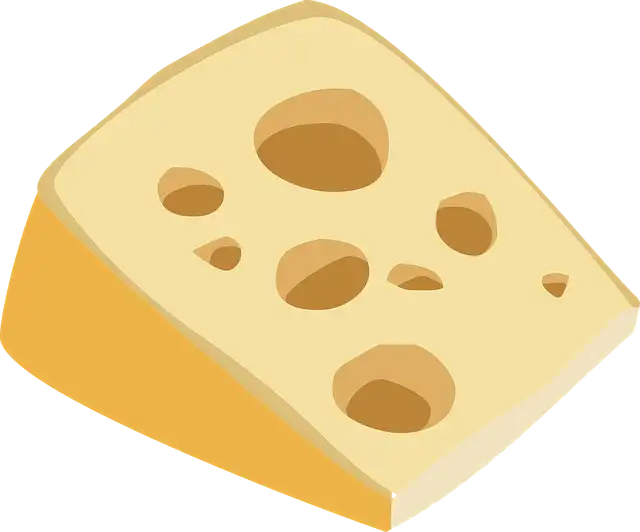


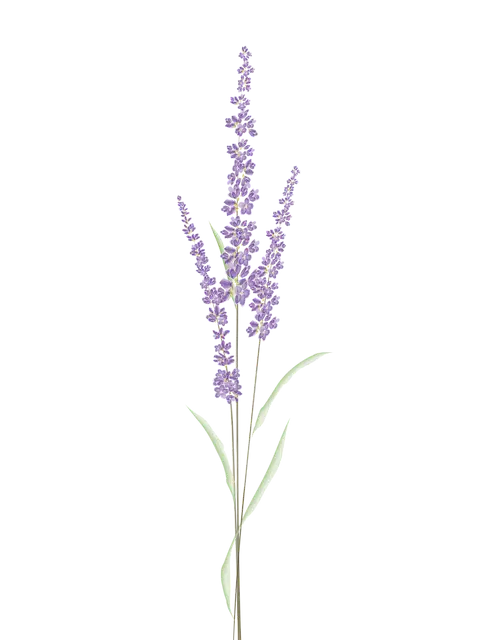
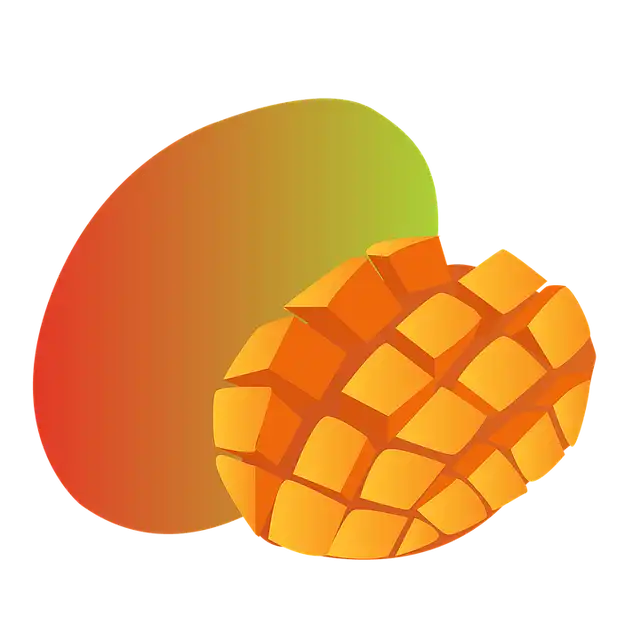
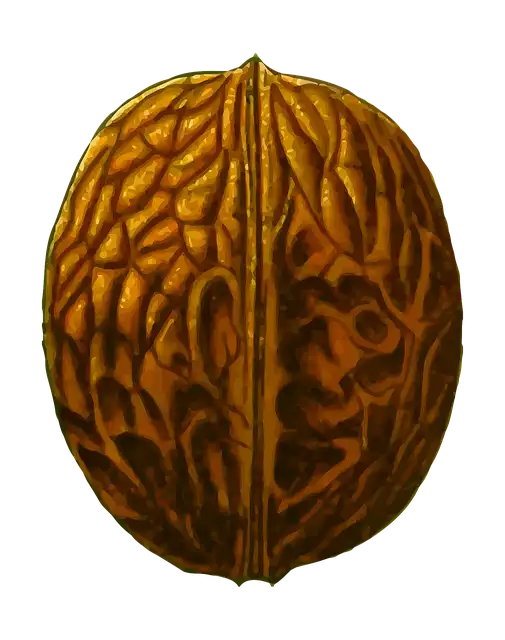
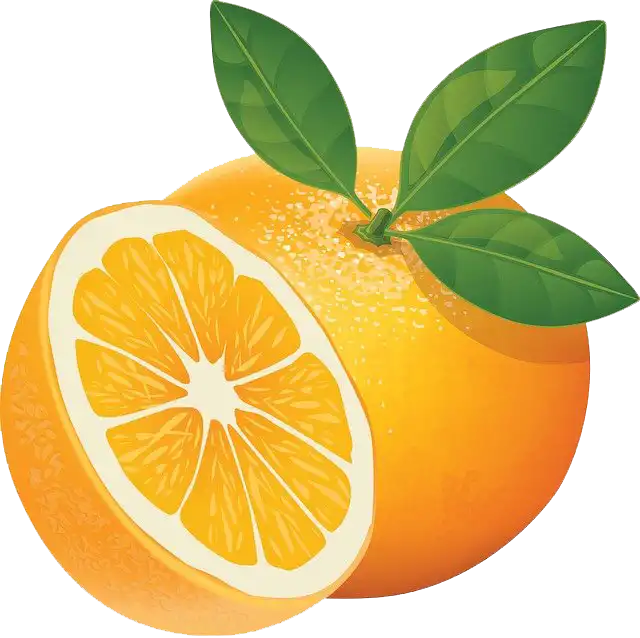
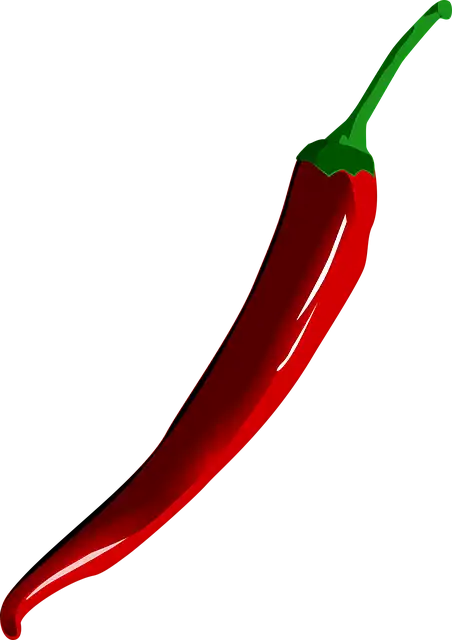
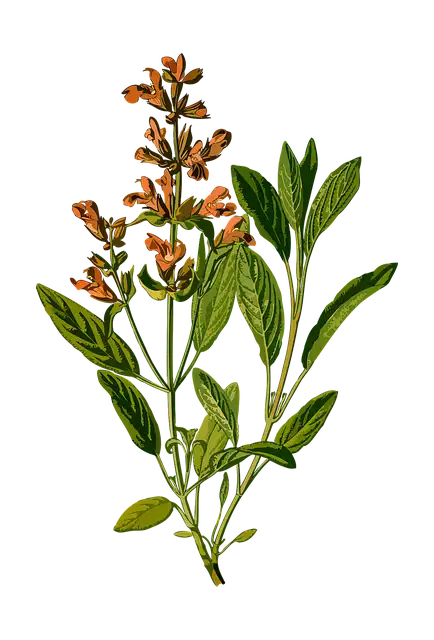

 Is Your Product Overly Dry? Rehydrate Those Cannabis Buds
Is Your Product Overly Dry? Rehydrate Those Cannabis Buds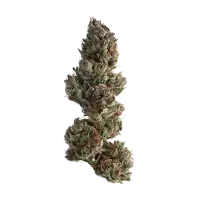 A Guide to Selecting Cannabis Seeds About Cannabis Strains
A Guide to Selecting Cannabis Seeds About Cannabis Strains








